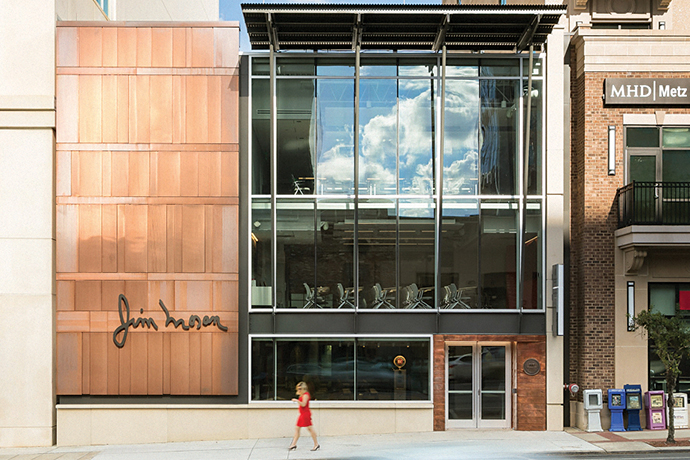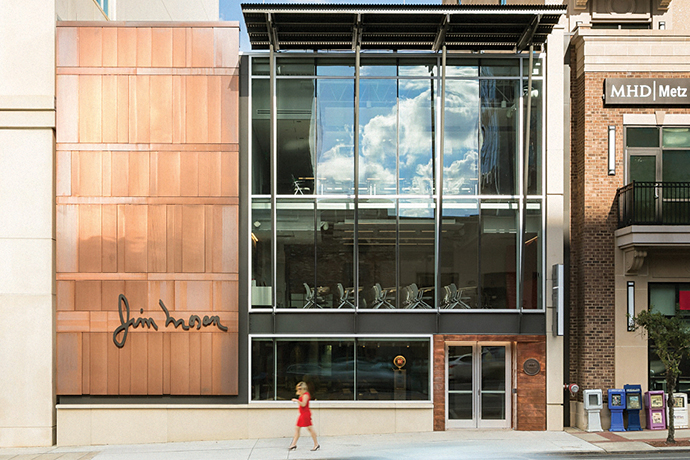New analysis from the State Science and Technology Institute (SSTI) of data from the National Science Foundation’s National Center for Science and Engineering (S&E) Statistics reveals that S&E R&D represents 98.5 percent of all federal funds for R&D, and 93.2 percent of all R&D at colleges and universities. California ($4.3 billion), New York ($2.4 billion), and Maryland ($2.3 billion) received the most in federal funds for science and engineering R&D in 2016, while Baltimore ($2.0 billion), New York City ($1.7 billion), and Boston ($1.3 billion) led among metropolitan areas, notes further analysis by The University Financing Foundation (TUFF), based in Atlanta. Maryland (47.6 percent increase), Michigan (27.7 percent increase), and Utah (19.9 percent increase) experienced the largest growth in S&E R&D from 2008 through 2016.
"TUFF recognizes the critical role of federal funding for science and engineering at U.S. universities as a key driver of economic development and innovation," the organization said in September. "Science and engineering R&D grew by $7.2 billion from 2002 to 2016, reaching more than $31.6 billion. This represents a 29.4-percent increase during the period, or approximately 2 percent per year." Life sciences lead the way when those federal dollars going to colleges and universities were broken down by sector.

Metro areas with the highest levels of federal funding for S&E R&D at colleges and universities in 2016 were Baltimore ($2 billion), New York City ($1.7 billion), and Boston ($1.3 billion). Baltimore (25.7 percent of new funds), New York City (6.3 percent of new funds), and Durham (4.2 percent of new funds) captured the largest share of new funds for S&E R&D from 2008 to 2016.
"Baltimore’s numbers are driven largely by the Applied Physics Laboratory, which operates more like a federal lab than a traditional university research center," TUFF notes.
“Universities play an important role in determining a region’s capacity for innovation and in transforming new ideas into economic activity.”
A new Milken Institute report — "Building a Knowledge Economy: How Academic R&D Supports High-Tech Employment" — concludes with these key findings:
- The net effects of academic R&D expenditures on a metro’s high-tech employment are positive in the long run, suggesting R&D funding is an investment in the regional innovation ecosystem.
- Increasing the number of graduates from local universities has a net positive effect on high-tech employment in a metro in the long run.
- Technology transfer offices that facilitate the commercialization of academic R&D can be a mechanism to capitalize on untapped innovation.
- Funding career development centers, placement services, and collaborative partnerships may increase spillover effects from universities by creating more opportunities for informal knowledge exchange.
"Universities play an important role in determining a region’s capacity for innovation and to transform new ideas into economic activity," Milken says. "Not only do they educate the local workforce — creating human capital — and produce intellectual property, but they also contribute indirectly through their basic research activities.
While not of immediate commercial value, these foundational research activities help create and advance industries in unpredictable ways."

